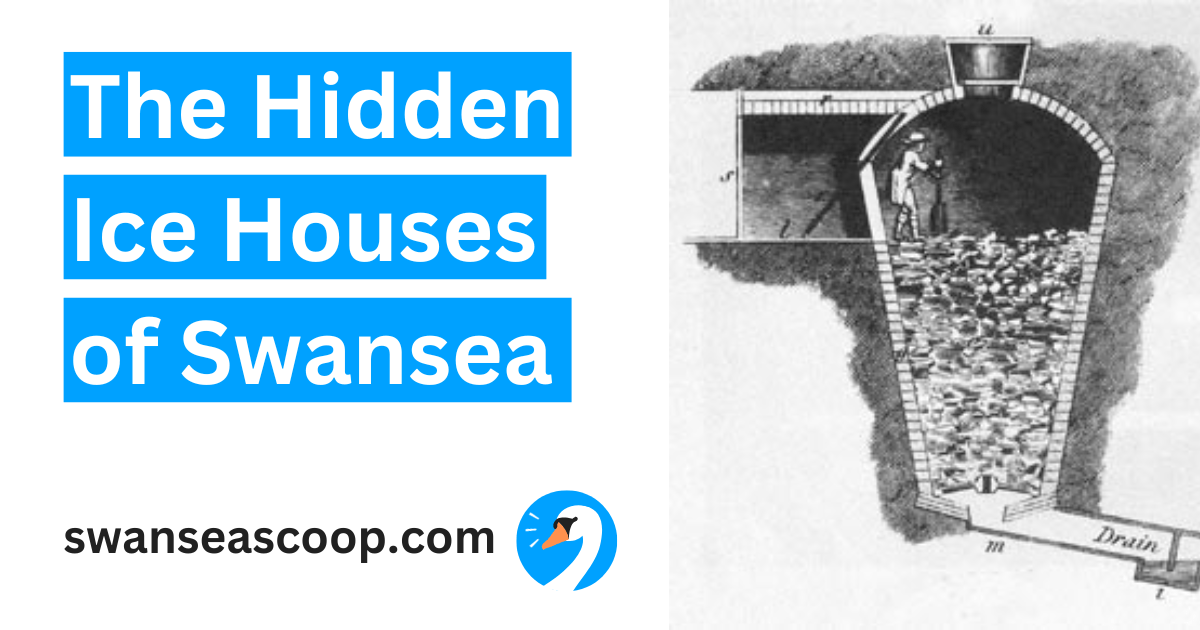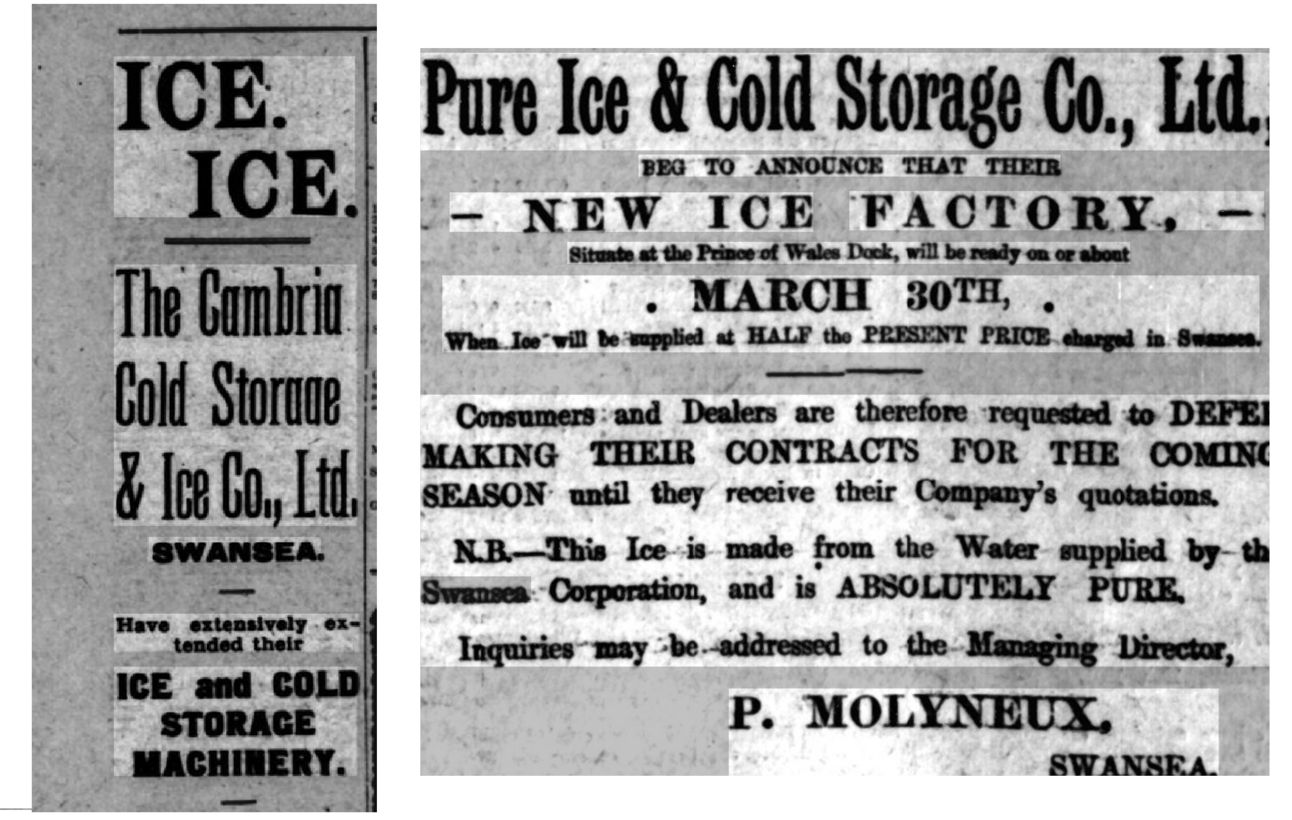

Long before domestic fridge freezers (or even Iceland supermarkets), Swansea's wealthiest residents used a novel way to keep food frozen all year round. This week, enjoy the story of Swansea’s forgotten ice houses - and maybe even hunt them down yourself.
Catch you on Sunday!
Andrew.
Ready to level up your work with AI?
HubSpot’s free guide to using ChatGPT at work is your new cheat code to go from working hard to hardly working
HubSpot’s guide will teach you:
How to prompt like a pro
How to integrate AI in your personal workflow
Over 100+ useful prompt ideas
All in order to help you unleash the power of AI for a more efficient, impactful professional life.
What’s An Ice House?
Ice houses were first introduced to Britain as early as the 1660s, but came into prominence as a hallmark of wealth and prestige on large estates by the 18th century - a time where access to ice (especially outside of winter) was a luxury.
Their primary purpose was to keep perishable goods, such as meat, fish, and dairy, fresh for longer periods - sometimes for up to a whole year - using ice harvested during the winter months.
This also meant that chilled desserts, drinks (and sometimes even ice-cream!) could be served on hot summer days.
The presence of an ice house often signalled the owner's social standing, as maintaining them required access to labour for ice harvesting, storage management, and upkeep.
Workers would cut large blocks of ice, transport them to ice houses, and store them in layers separated by insulating materials like straw or sawdust to minimise melting.
Ice houses varied in design but were usually dome-shaped or conical underground chambers, with thick walls and an insulated roof to minimise heat. Entryways were narrow to further preserve the cool interior.
Some ice houses were brick-lined and placed near natural water sources, like ponds or lakes, where ice could be easily harvested in the winter months.
Swansea’s Ice Houses
Swansea had at least three ice houses - including one at Stouthall, Reynoldston and two on the Singleton Abbey estate (now Singleton Park and Swansea University campus).
Singleton Abbey was home to the influential Vivian family, prominent industrialists of Swansea. An ice house on the estate would have complemented the family’s lifestyle, allowing for large-scale entertaining and underlining their economic power.

Find the remains of one Singleton Abbey ice house at this pin | © Crown Copyright and database right 2021. Ordnance Survey 100020548
The remains of one of Singleton Abbey’s ice houses can still be seen today - found in a clump of trees in the park, north of Singleton Hospital. However, the OS First Edition map shows a north-facing, long passage and a circular chamber set within an elongated mound.
Another ice house existed on a bank 10m from the lake in the park, but is now covered over and only a mound is visible.
The Decline of Ice Houses

As well as appearing on wealthy estates, ice houses were also built on an industrial scale, popular with fish merchants who would store ice imported from Scandinavia and North America.
However, technological improvements began to make ice houses obsolete. By 1899, The Cambria Cold Storage & Ice Co. opened on the Strand in Swansea, which could produce and deliver ice to any part of the town or district on a daily basis. It was joined by the Pure Ice & Cold Storage Co. at the Prince of Wales docks in March 1901, which offered a half-price sale on its opening day.
Of course, industrial and domestic fridges and freezers were the inevitable next step, with ice houses no longer required - but being strong, underground structures, some found another use as air raid shelters during World War II.
Around 3,000 ice houses were built across Britain, many of which no longer survive. Next time you’re in Singleton Park, why not keep an eye out for subtle signs of one of these curiosities from Swansea’s past?
Have you spotted one of Swansea’s ice houses? Let me know in the comments!



